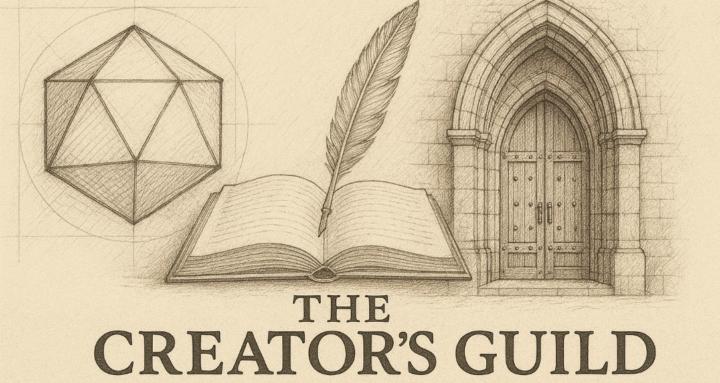Aug 31 (edited) • 📜 Storycraft
Storycrafting 101
Strip away the dice. Strip away the rules. What’s left? A story.
Every game, whether it’s 5e, Pathfinder, Dicesongs, or anything else, needs a story to carry it. The mechanics can change. The dice can be different. The engine doesn’t matter as much as what you build on top of it.
So what is a story in this space?
It’s not the stat block.
It’s not the loot.
It’s not even the fight.
It’s the question of who your character is, and what happens when they act.
Plato would ask: what is left when the form is removed? The answer here is the tale itself. Mechanics are a frame. They give weight to choices. But the thing that lasts the thing that makes the night worth remembering is the story that came out of it.
A good roll can end a battle. A bad roll can make it unforgettable. But either way, the roll only matters because of the story it shapes.
So this is the first post in Storycrafting. A place to look at how we mix mechanics and narrative, and why it matters.
Let’s start with something simple:
- When have the rules pushed your story in a way you didn’t expect?
- When have you bent the rules because the story deserved it?
- And if all the dice and charts were gone, what story would still remain?
1
0 comments
powered by

skool.com/the-creators-guild-5002
A community for storytellers, composers and gamers to share, learn, and create. Worldbuilding, dice play, and fresh RPG ideas beyond any single system
Suggested communities
Powered by
